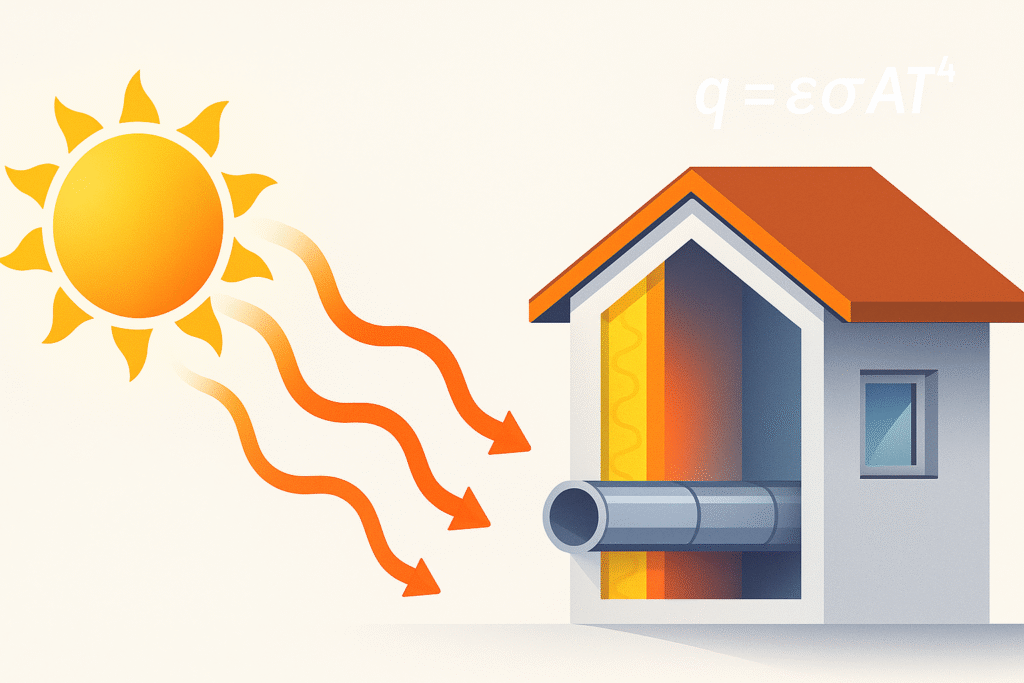Radiation Heat Transfer explained simply: vacuum heat, the Stefan–Boltzmann law, emissivity vs absorptivity, and real HVAC applications—with a live calculator.


Radiation Heat Transfer explained simply: vacuum heat, the Stefan–Boltzmann law, emissivity vs absorptivity, and real HVAC applications—with a live calculator.